Good Cholesterol vs Bad Cholesterol – Difference, Normal Levels & Ways to Control
Oct 18, 2025
When someone says “your cholesterol is high,” it often triggers fear — visions of blocked arteries, heart attacks, or lifelong medication. But the truth is, cholesterol isn’t entirely bad. In fact, your body needs cholesterol to survive and stay healthy.
The real issue arises when there’s an imbalance between good cholesterol (HDL) and bad cholesterol (LDL).
Let’s simplify the science and understand how both types work, why balance matters, and how you can naturally improve your cholesterol levels to protect your heart.
What Is Cholesterol?
Cholesterol is a waxy, fat-like substance found in every cell of your body. It plays an important role in:
- Cell structure: Cholesterol helps build strong and flexible cell membranes.
- Hormones: It is essential for producing estrogen, testosterone, and cortisol.
- Vitamin D: Your skin uses cholesterol to make vitamin D when exposed to sunlight.
- Digestion: It helps create bile acids in the liver that break down fats.
But where does it come from?
Your body, especially the liver, makes about 75% of the cholesterol it needs. The remaining 25% comes from foods like meat, eggs, milk, and cheese.
So, cholesterol itself isn’t harmful — it’s actually vital. Problems occur only when its levels get too high or when “bad” cholesterol outweighs the “good.”
HDL, or High-Density Lipoprotein, is called good cholesterol because it works as your body’s natural cleanser.
Think of HDL as a vacuum cleaner for your arteries. It collects extra cholesterol from your bloodstream and carries it back to the liver, where it’s broken down and removed.
Why HDL Is Important
- Prevents blockage: It clears out plaque-forming cholesterol deposits from artery walls.
- Protects your heart: Higher HDL levels lower the risk of heart attack and stroke.
- Reduces inflammation: HDL has anti-inflammatory effects that support overall cardiovascular health.
- Improves blood flow: Clean arteries ensure smooth oxygen delivery to organs.
Healthy HDL Levels
- Men: Above 40 mg/dL
- Women: Above 50 mg/dL
Higher HDL numbers are protective — the more, the better.
Foods That Help Raise HDL
- Avocados, olive oil, fatty fish (salmon, tuna), nuts, and flaxseeds.
- Whole grains, fruits, and vegetables for added fiber.
- Green tea and dark chocolate (in moderation) also help.
What Is Bad Cholesterol (LDL)?
LDL, or Low-Density Lipoprotein, is known as bad cholesterol.
While it has a role in transporting cholesterol to different parts of the body, excess LDL can stick to the walls of arteries, forming hard deposits known as plaque.
Over time, this buildup narrows blood vessels — a condition called atherosclerosis — which can lead to heart attacks, strokes, or peripheral artery disease.
Why High LDL Is Dangerous
- It reduces the oxygen supply to vital organs.
- It can cause partial or complete artery blockage.
- It increases the risk of chest pain (angina) and stroke.
Healthy LDL Levels
- Optimal: Below 100 mg/dL
- Borderline high: 130–159 mg/dL
- High: 160 mg/dL and above
Foods That Increase LDL
- Red meat, processed meats (sausages, bacon)
- Deep-fried foods, butter, and ghee
- Sugary snacks and refined carbs
- Full-fat dairy products
HDL vs LDL – The Key Difference
| Feature |
HDL (Good Cholesterol) |
LDL (Bad Cholesterol) |
| Full Form |
High-Density Lipoprotein |
Low-Density Lipoprotein |
| Function |
Removes cholesterol from arteries |
Deposits cholesterol in arteries |
| Effect on Heart |
Protects |
Damages |
| Ideal Level |
>40 mg/dL (men), >50 mg/dL (women) |
<100 mg/dL |
| Role |
Cleans the blood vessels |
Builds plaque and clogs them |
In short — HDL cleans your arteries, while LDL clogs them.
You need both, but in the right balance. HDL removes excess fat, while LDL supplies cholesterol for essential body functions.
What Causes High LDL and Low HDL Levels?
Your lifestyle has a major influence on your cholesterol balance.
Here are common reasons behind high bad cholesterol or low good cholesterol:
- Unhealthy diet: Too many fried foods, sweets, and processed meats.
- Lack of exercise: Physical inactivity lowers HDL levels.
- Smoking: Damages blood vessels and reduces HDL cholesterol.
- Obesity: Extra body fat raises LDL and triglycerides.
- Alcohol: Heavy drinking increases total cholesterol.
- Medical conditions: Diabetes, thyroid disorders, and kidney disease affect lipid balance.
- Stress: Chronic stress increases cholesterol and blood pressure.
Good news — most of these causes are reversible through simple lifestyle changes.
Symptoms of High Cholesterol
High cholesterol doesn’t show clear symptoms. You may feel perfectly healthy while your arteries are slowly clogging.
However, in advanced stages, you may experience:
- Chest tightness or discomfort (angina)
- Fatigue or breathlessness
- Numbness in legs or arms
- Yellowish patches near eyelids (xanthomas)
That’s why doctors recommend a lipid profile test every 6 to 12 months — especially if you have a family history of heart disease or diabetes.
Normal Cholesterol Levels by Age
| Age Group |
Total Cholesterol |
HDL |
LDL |
Triglycerides |
| 18–30 years |
<200 mg/dL |
>40–50 mg/dL |
<100 mg/dL |
<150 mg/dL |
| 30–50 years |
<200 mg/dL |
>50 mg/dL |
<120 mg/dL |
<150 mg/dL |
| 50+ years |
<220 mg/dL |
>50 mg/dL |
<130 mg/dL |
<150 mg/dL |
Tip: Always discuss your report with a doctor — the right level can vary based on your health condition.
How to Increase Good Cholesterol Naturally
You can’t take a pill to directly boost HDL, but you can adopt natural habits that help your body do it.
- Eat healthy fats:
Olive oil, avocados, and nuts contain monounsaturated fats that raise HDL. - Increase omega-3 intake:
Found in fatty fish like salmon, sardines, and mackerel, omega-3 fatty acids improve HDL and reduce triglycerides. - Add fiber to your meals:
Whole grains, oats, legumes, and fruits bind excess cholesterol and help flush it out. - Exercise regularly:
Brisk walking, swimming, yoga, or cycling for at least 30 minutes daily can raise HDL levels by 5–10%. - Quit smoking:
Within weeks of quitting, HDL levels begin to improve and artery damage starts reversing.
Get enough sleep:
Poor sleep affects metabolism and reduces HDL production. Aim for 7–8 hours daily
How to Reduce Bad Cholesterol Levels
Reducing LDL is not about avoiding all fats — it’s about choosing good fats over bad fats.
- Cut trans fats:
Found in fast foods, chips, and pastries. Even small amounts can raise LDL significantly. - Reduce red meat and full-fat dairy:
Switch to lean meats and low-fat milk or curd. - Add cholesterol-lowering foods:
- Oats and barley (contain beta-glucan fiber)
- Garlic and green tea (help reduce LDL)
- Walnuts, flaxseeds, and chia seeds (rich in omega-3s)
- Stay active:
Physical activity helps your body utilize fat for energy, lowering LDL naturally. - Manage weight:
Even a 5% weight loss can make a noticeable improvement in cholesterol levels. - Take medication if required:
If lifestyle changes aren’t enough, doctors may recommend statins or fibrates to manage LDL safely.
Lifestyle Habits to Balance HDL and LDL
- Follow a Mediterranean diet rich in fruits, vegetables, olive oil, and whole grains.
- Avoid smoking and limit alcohol.
- Drink plenty of water to aid fat metabolism.
- Manage stress through yoga, meditation, or deep breathing.
- Go for periodic health check-ups — early detection saves lives.
Remember, your cholesterol number is not a verdict; it’s a guide to better habits.
Key Facts About Cholesterol
- Your body makes most of the cholesterol it needs — only 20–25% comes from food.
- HDL helps remove 20–30% of cholesterol from arteries.
- High HDL can protect you even if LDL is moderately elevated.
- Exercise can raise HDL levels by 10%.
- Women’s cholesterol levels often increase after menopause.
- Even thin people can have high LDL — it’s not just a weight issue.
- High LDL leads to plaque buildup and reduced blood flow.
- A balanced diet can lower cholesterol within 6–8 weeks.
- Fiber-rich foods bind cholesterol and eliminate it naturally.
- Regular screening is the best way to detect high cholesterol early.
FAQs
What is good cholesterol and bad cholesterol?
Good cholesterol (HDL) removes extra cholesterol from your blood, while bad cholesterol (LDL) deposits it in arteries, causing blockages.
What should be normal HDL and LDL levels?
HDL should be above 40 mg/dL for men and 50 mg/dL for women. LDL should be under 100 mg/dL for optimal heart health.
How can I increase good cholesterol naturally?
Eat healthy fats, exercise daily, quit smoking, and include foods like oats, olive oil, and nuts in your diet.
Which foods lower bad cholesterol fast?
Oats, garlic, green tea, flaxseeds, walnuts, and olive oil help reduce LDL cholesterol naturally.
What causes high cholesterol?
Unhealthy diet, lack of physical activity, obesity, smoking, and genetics are common causes.
What are the symptoms of high bad cholesterol?
Usually none, but in severe cases, chest pain, fatigue, and yellow patches around eyes may appear.
Does exercise help in controlling cholesterol?
Yes. Regular exercise improves HDL and lowers LDL and triglycerides effectively.
Can I control cholesterol without medicine?
Yes, through diet, exercise, weight management, and quitting smoking. Medicines are needed only in advanced cases.
How often should I test my cholesterol?
At least once a year for adults. More frequently if you have diabetes, hypertension, or family history of heart disease.
Is all cholesterol bad for the heart?
No. HDL is good for your heart — it protects against artery blockage, while LDL is harmful in excess.
Final Thoughts
Cholesterol isn’t your enemy — imbalance is.
Both HDL and LDL have roles to play, but when LDL goes up and HDL goes down, your heart’s risk increases.
The great news is — you can control this balance with small daily choices:
- Eat smart
- Move more
- Sleep well
- Avoid tobacco and stress
- Get tested regularly
If you haven’t checked your cholesterol levels recently, schedule a lipid profile test today.
A few lifestyle changes today can add years to your heart’s health tomorrow.
Stay heart-healthy, stay balanced.



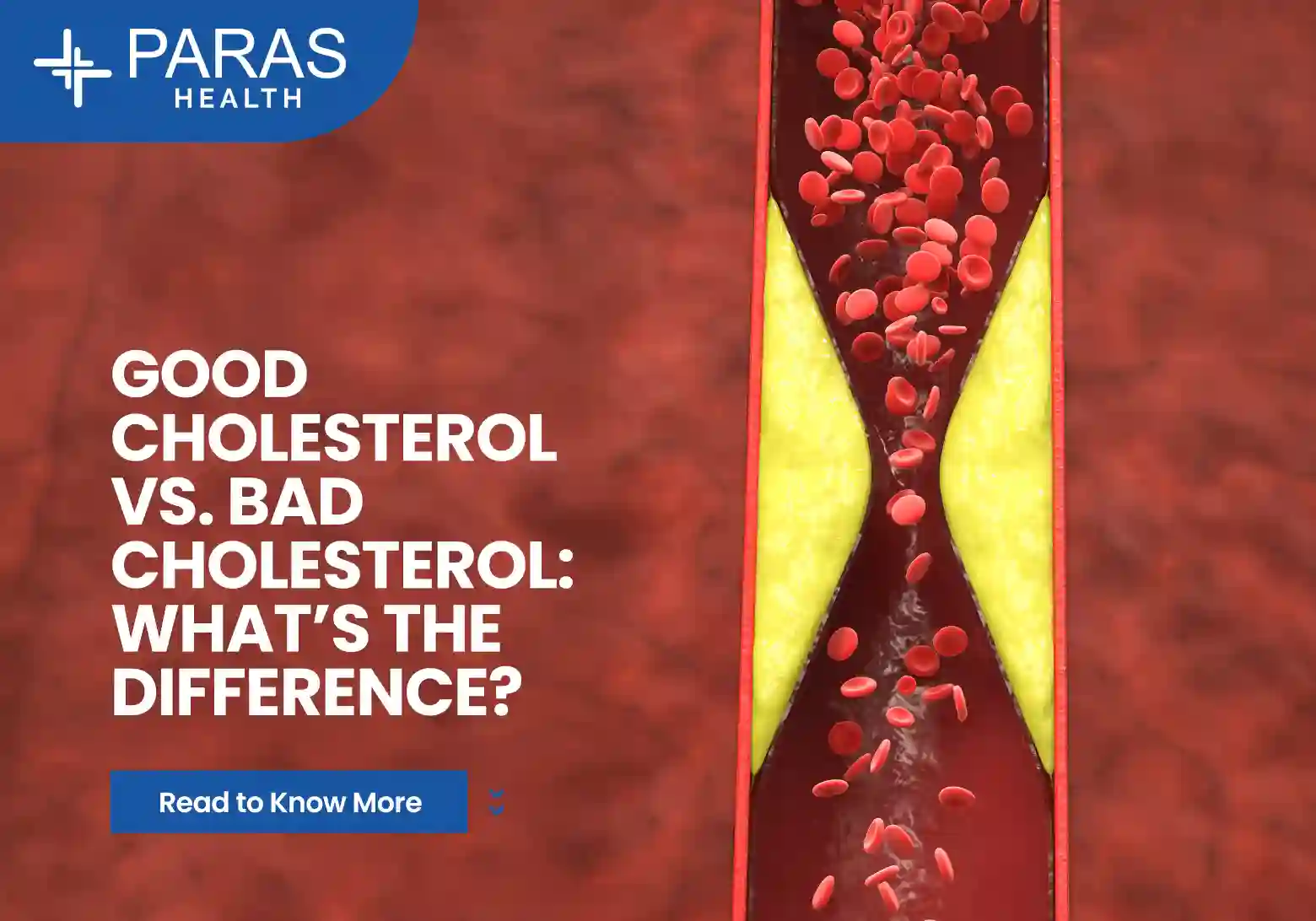
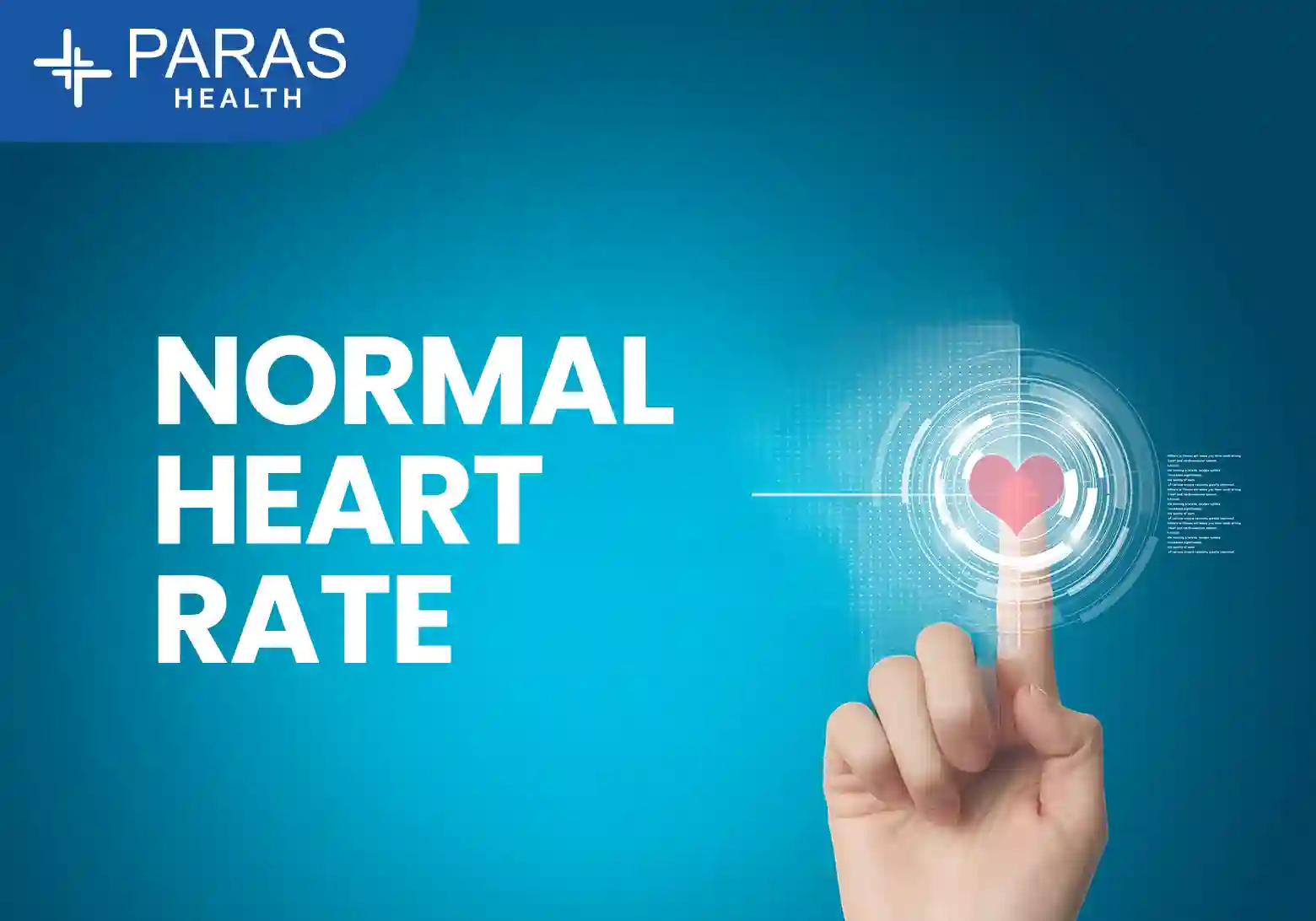
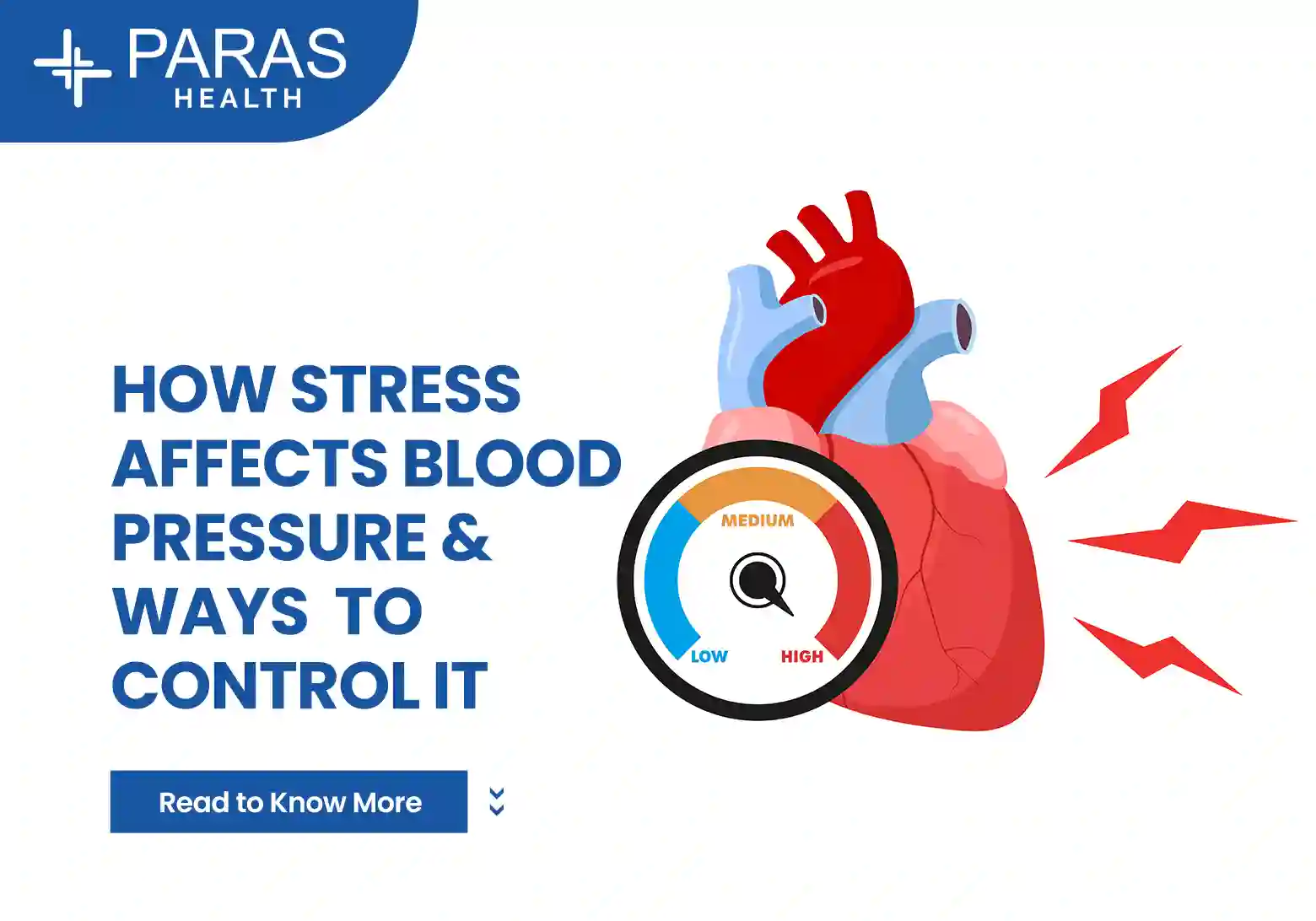
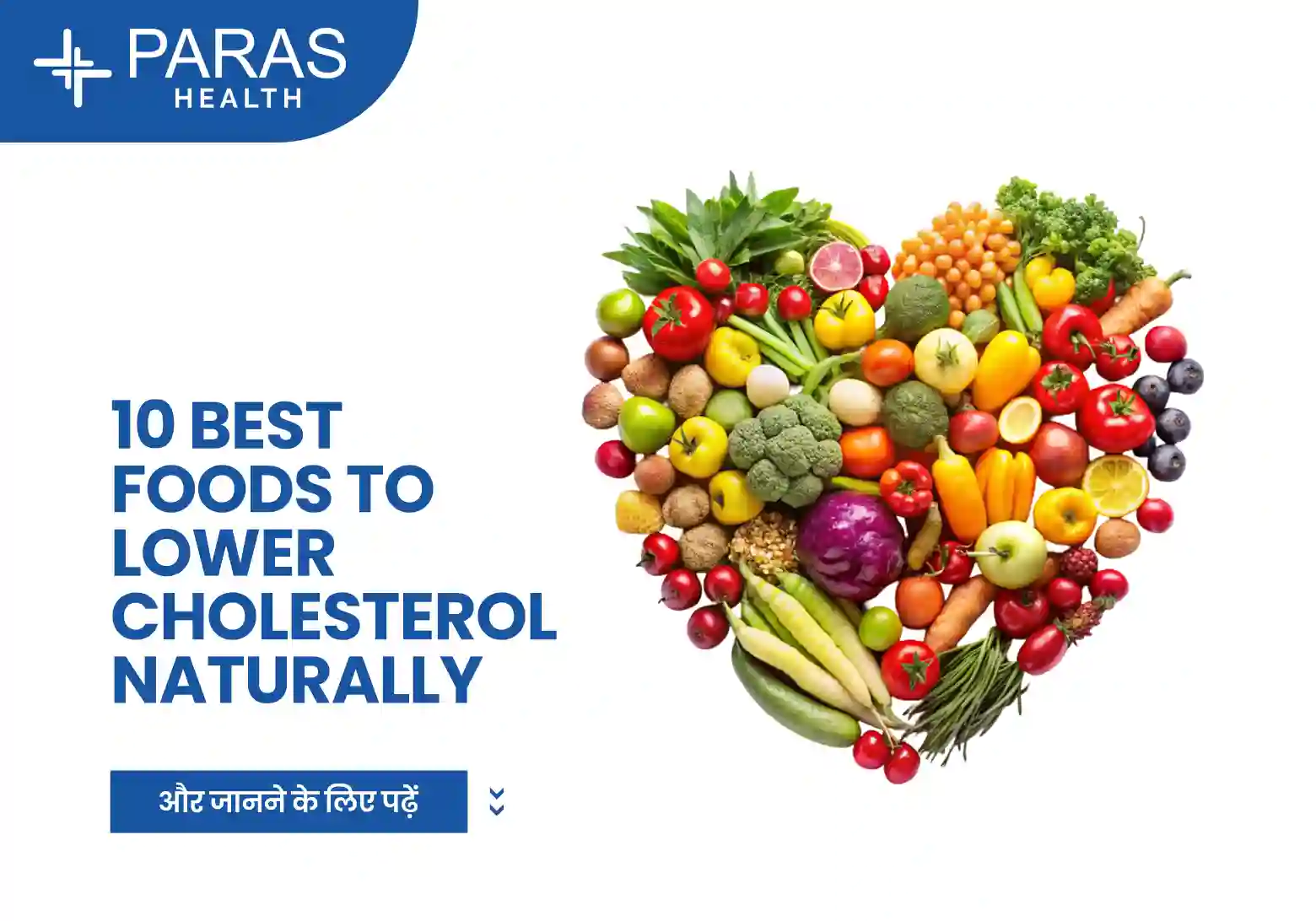
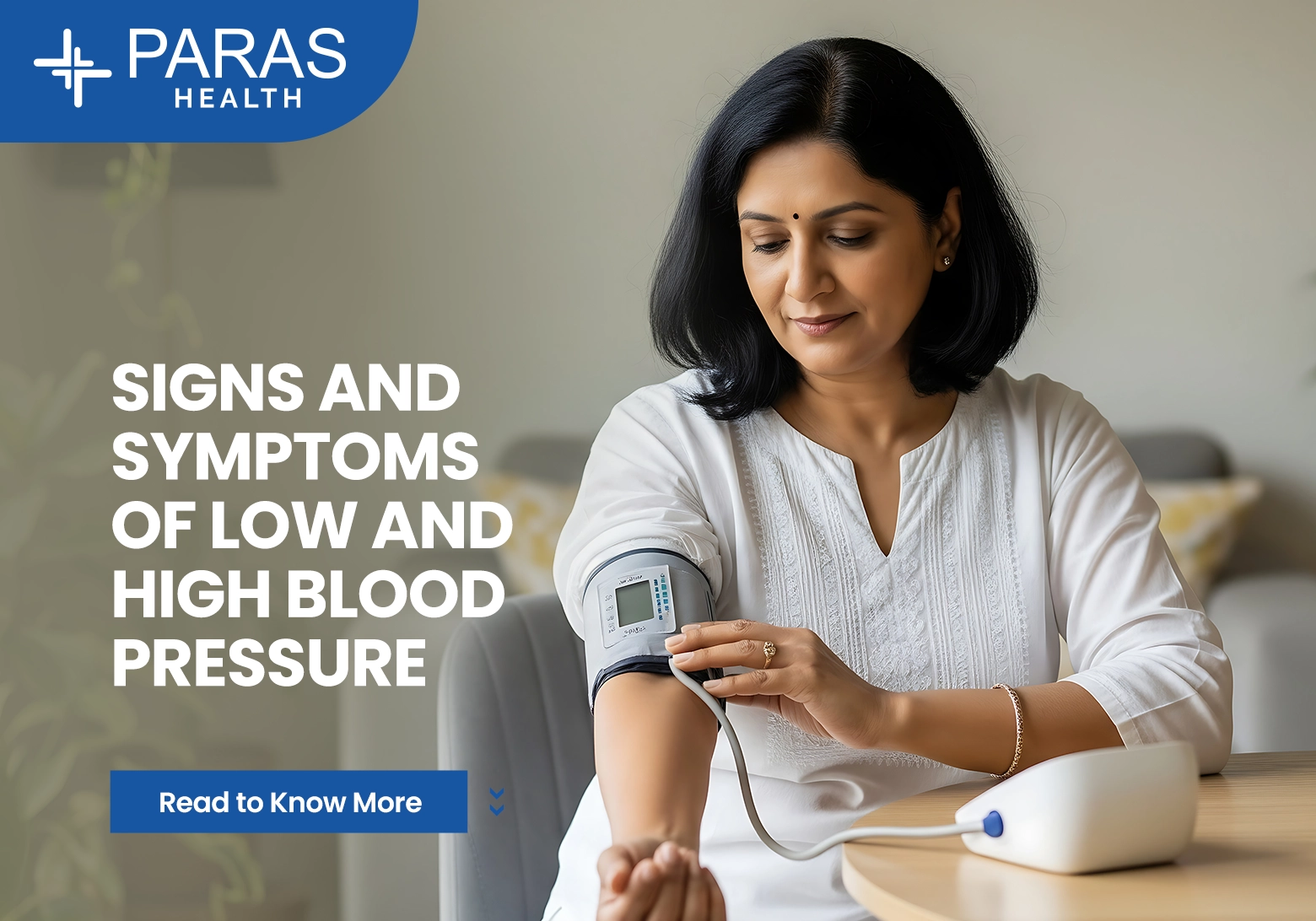


.png)